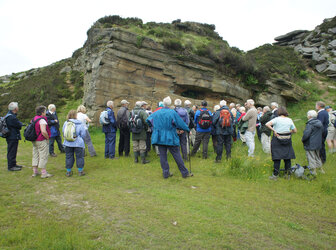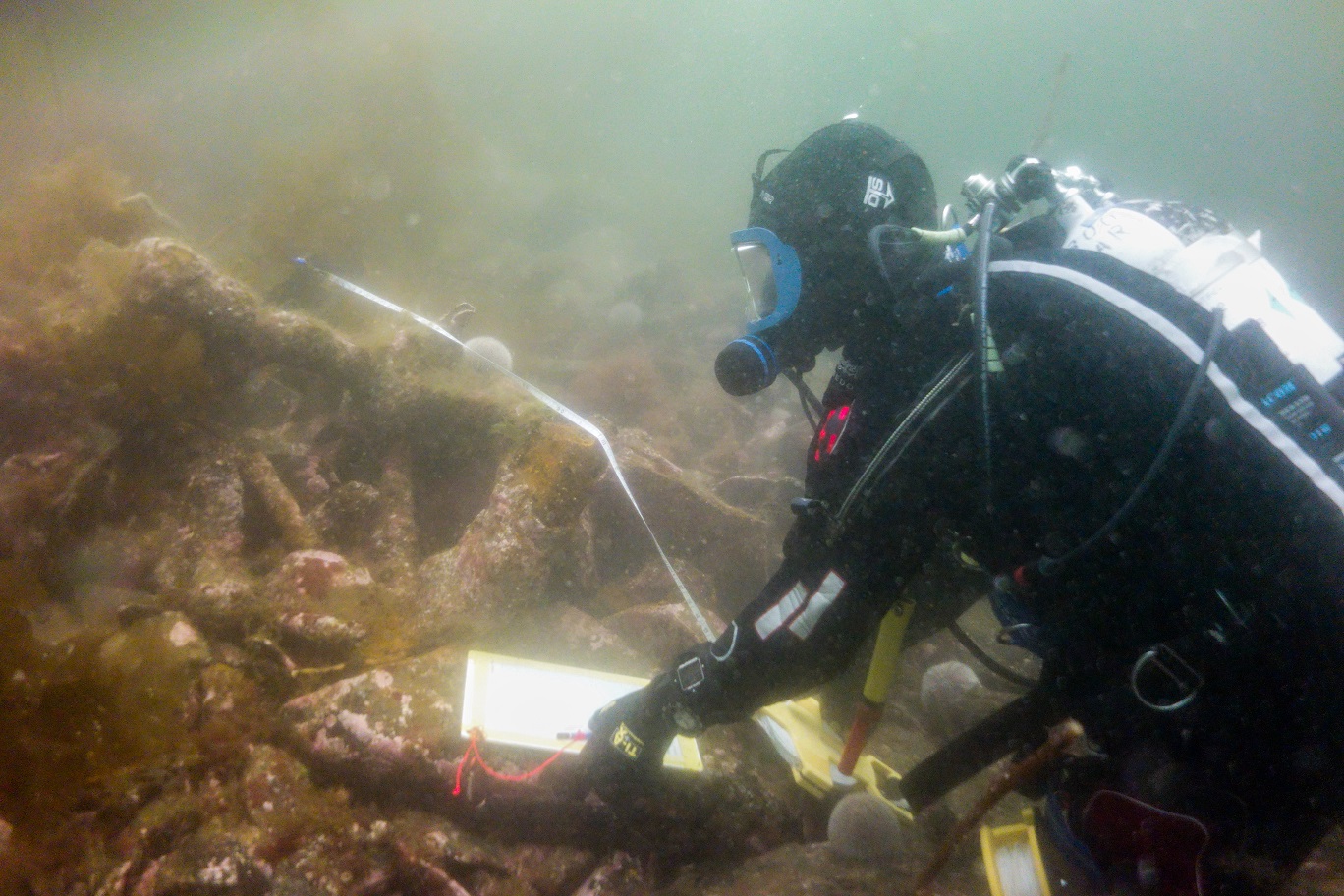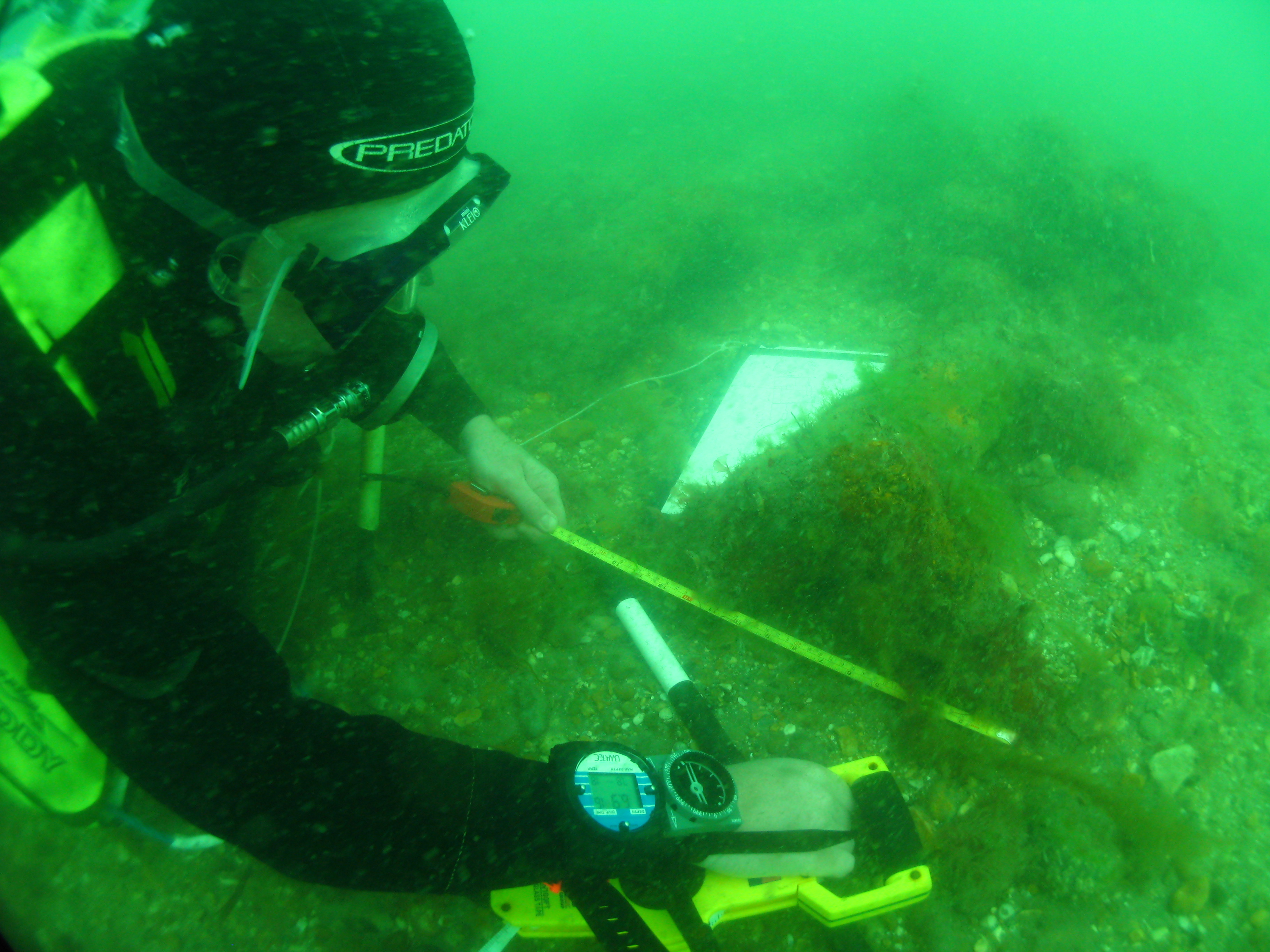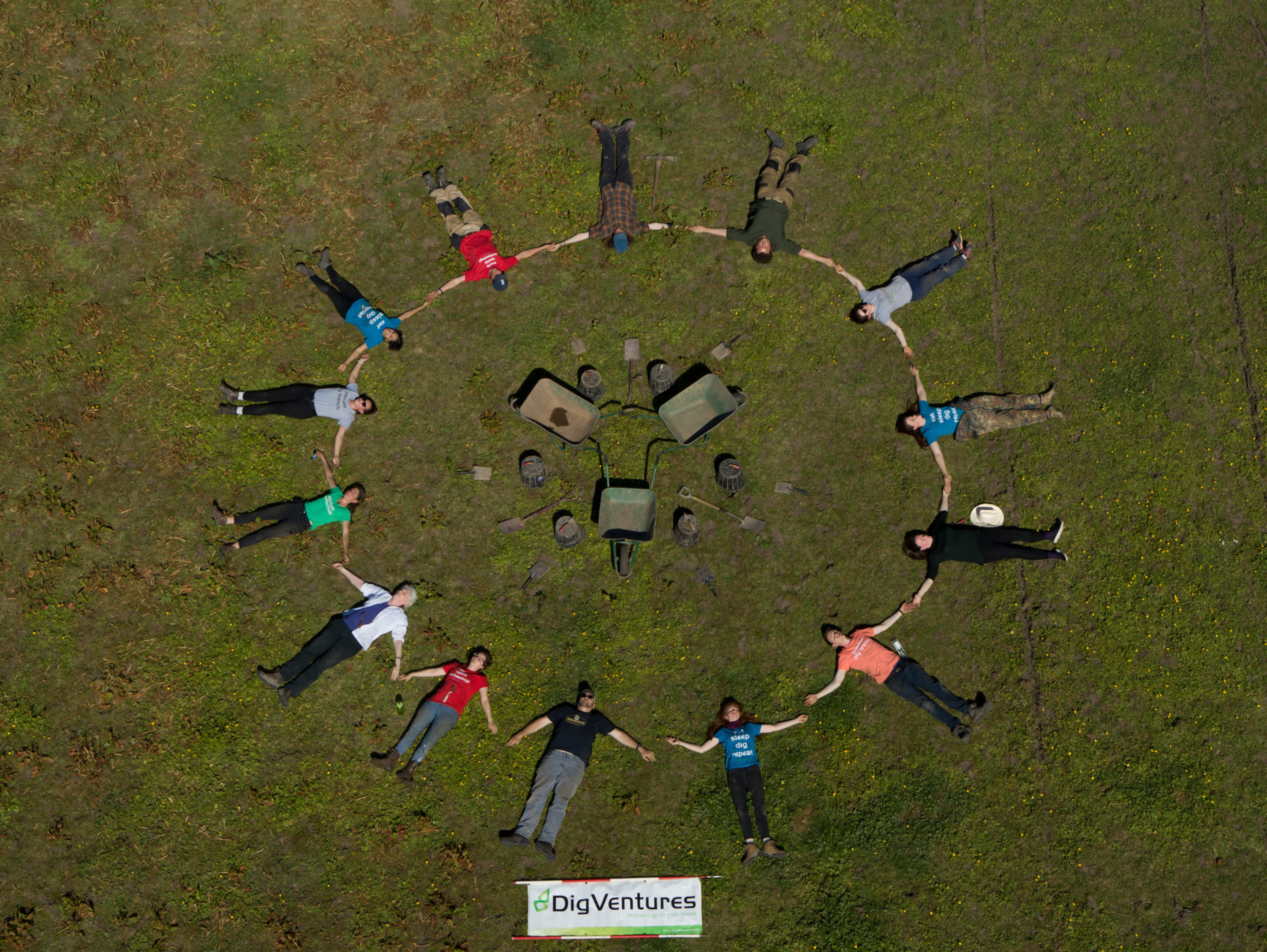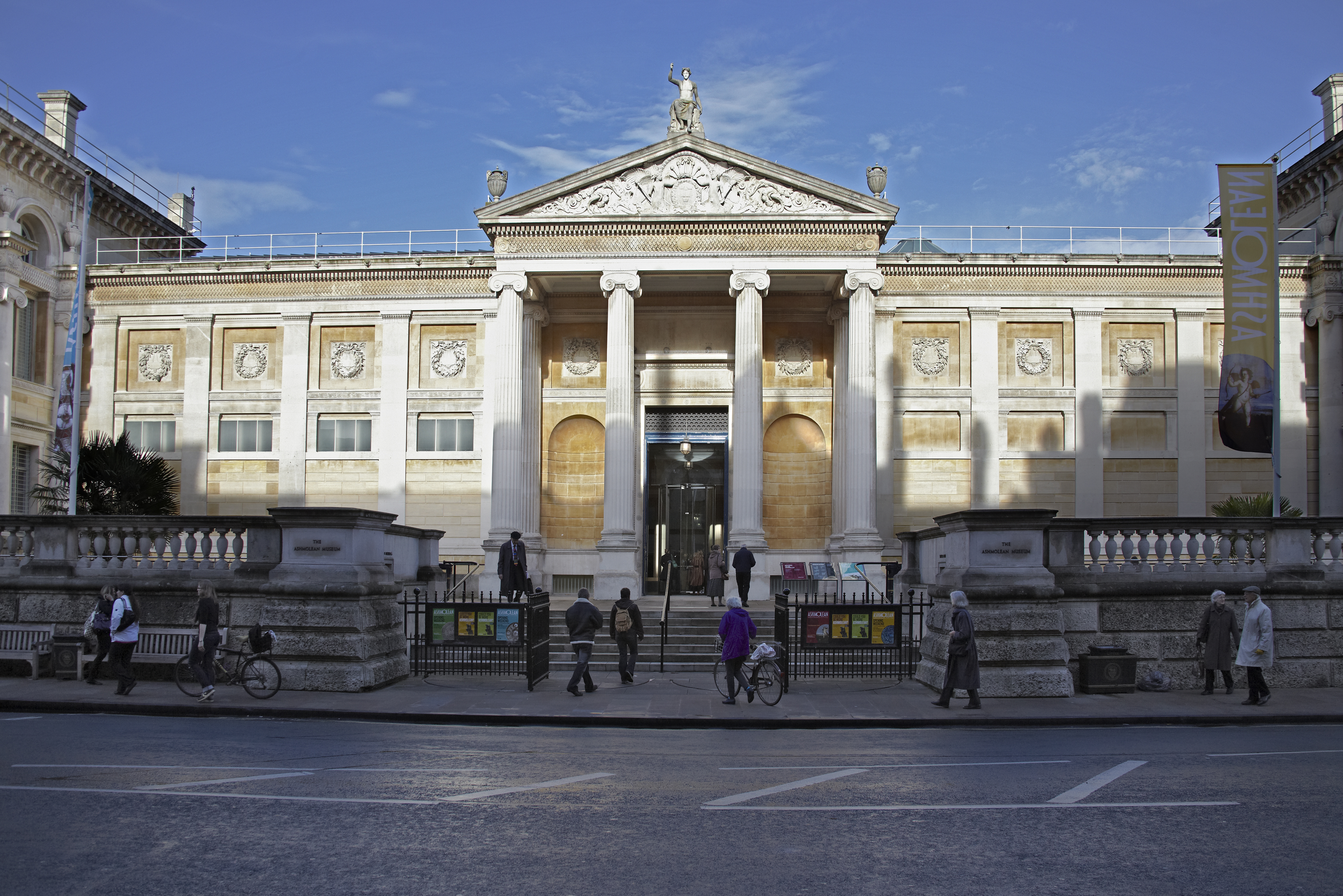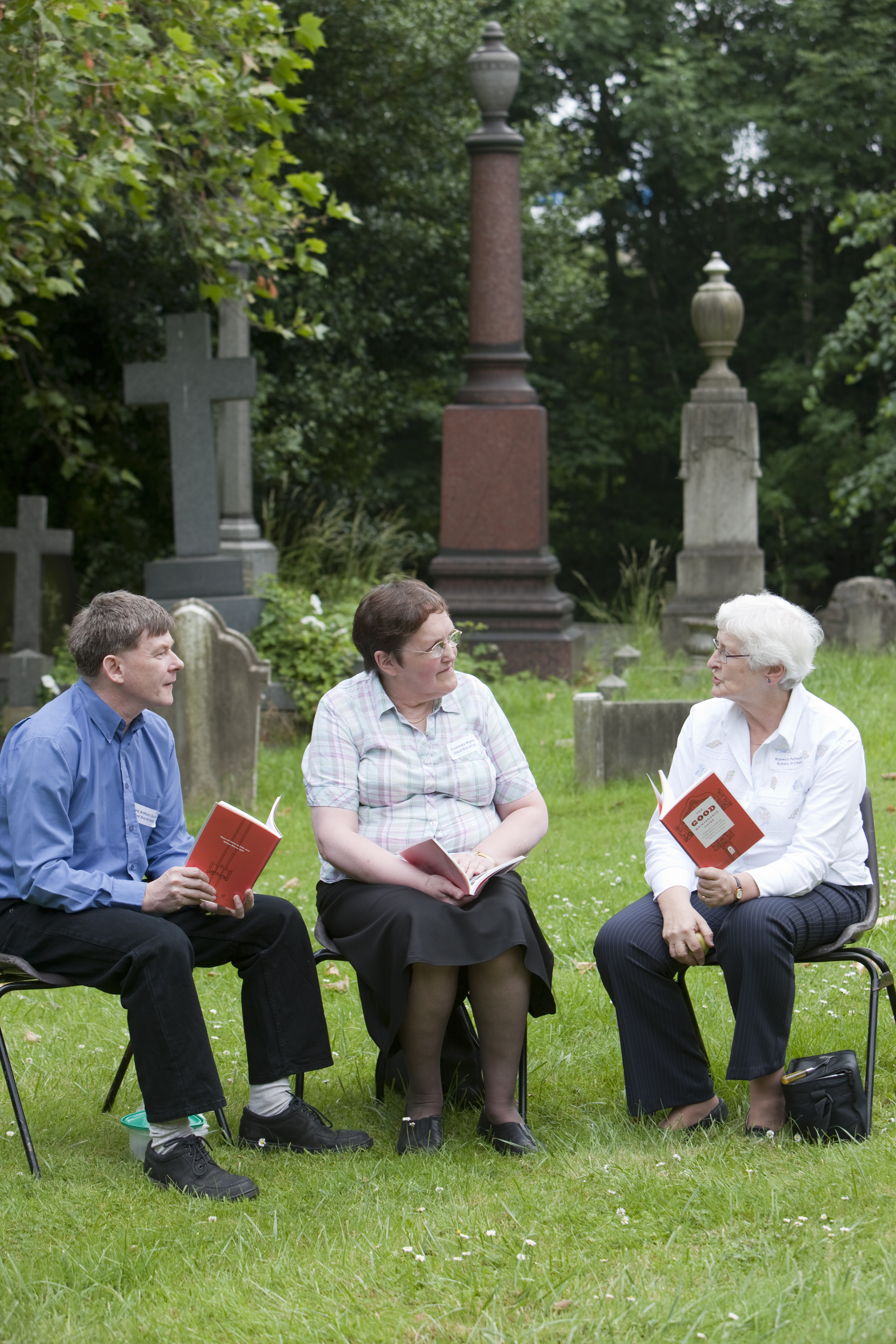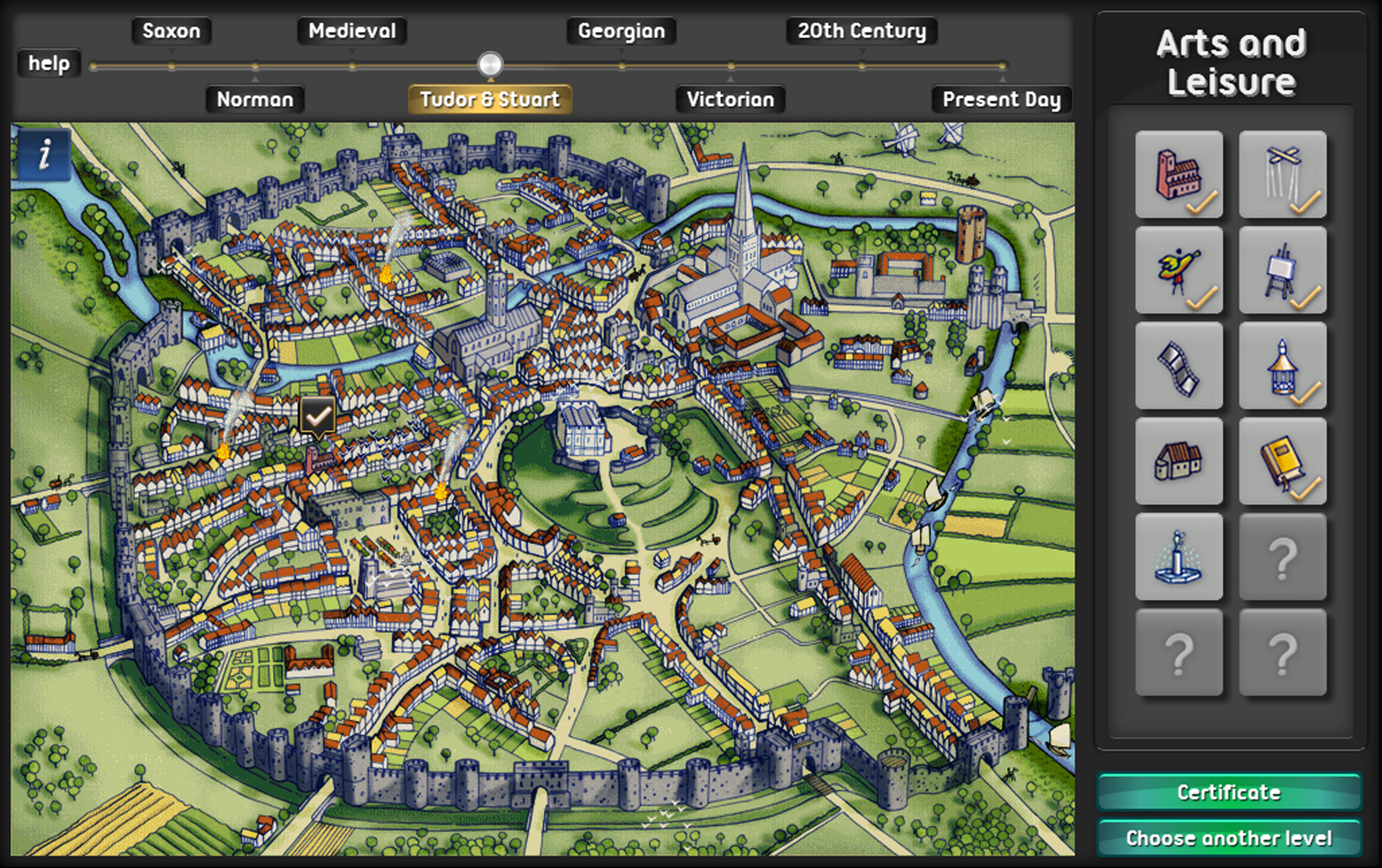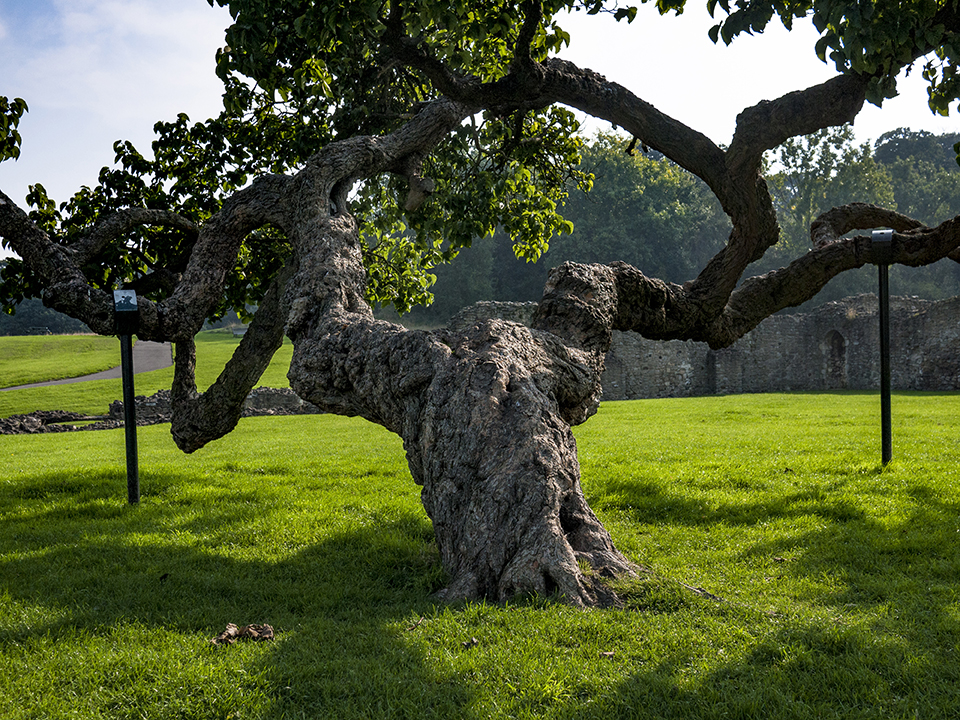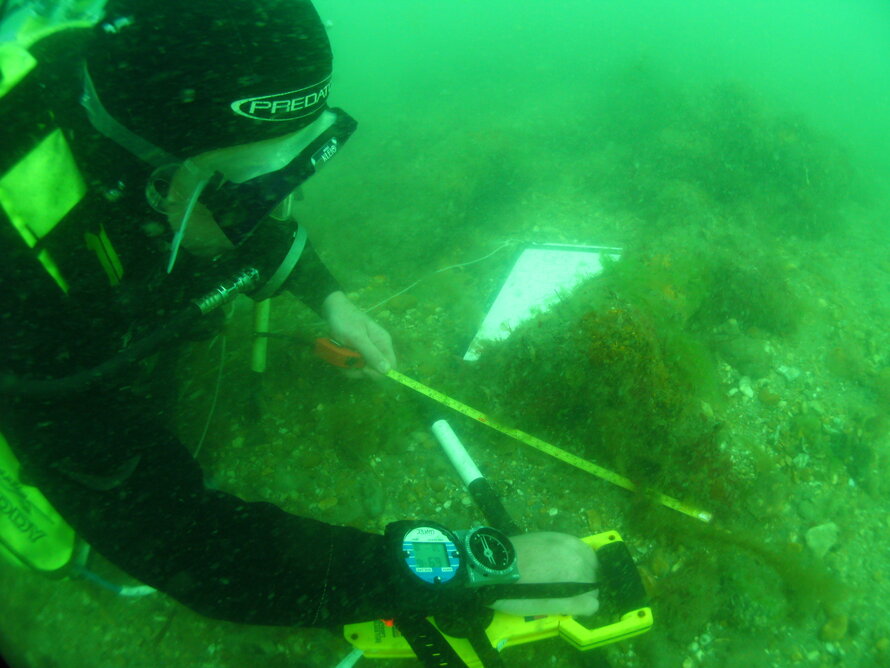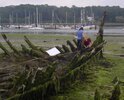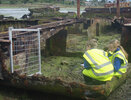HWTMA: "Raising Awareness of Maritime Cultural Heritage" programme, Southampton
In 1991 the Hampshire and Wight Trust for Maritime Archaeology embarked on a programme to raise awareness of the importance, nature and fragility of maritime archaeological and historic sites within the Solent region and across the UK. This programme recognised the need to ...
Read more
Project details
| Title: | HWTMA: "Raising Awareness of Maritime Cultural Heritage" programme, Southampton |
|---|---|
| Entr. year: | 2011 |
| Result: | Award |
| Country: | United Kingdom |
| Town: | Southampton |
| Category type: | Awareness-raising |
| Architect / Proj.leader: | Education, Training and Awareness-Raising |
| The Jury's citation: | "Raising the profile of maritime heritage and archaeology - from crashed airplanes and shipwrecks to prehistoric sites - deserves wider European attention. The jury appreciates the exemplary and hands-on approach which introduces a large audience to the inaccessible heritage that lies underwater or is hidden in the mud. By using a variety of outreach tools, from posters, books, films, a website, workshops, dives and even a "Marine bus", the initiative engages not only the general public, dedicated volunteers and professionnals, it also manages to attract hard to reach audiences. The HWTMA project has had a lasting influence on coastal planning and development." |
| GPS: | 50°54'34,9"N; 1°24'15,7"W |
| Web, Links: | www.hwtma.org.uk |
Description:
In 1991 the Hampshire and Wight Trust for Maritime Archaeology embarked on a programme to raise awareness of the importance, nature and fragility of maritime archaeological and historic sites within the Solent region and across the UK. This programme recognised the need to develop understanding of the shipwrecks, submerged prehistoric occupation sites, crashed aircraft, historic anchorages, coastal industries and hulked vessel remains that make the Solent one of the most significant areas for maritime heritage nationally and internationally. Based on the results of archaeological fieldwork and research a wide range of pioneering, innovative approaches have been used over the past 19 years to engage and enthuse people of all ages, with considerable success. This has included direct involvement of volunteers and researchers in practical archaeology, establishing the Underwater Archaeology Centre exhibition, maintaining an innovative website, publication of accessible booklets, development of children's books and formal education packs for schools and community groups, presentations and activity days, after school clubs, design and running of a special 'maritime bus' a mobile facility which can target hard to reach groups and more recently 'educating the educators' to help others raise awareness more effectively. This has resulted in enhanced understanding and enjoyment of maritime archaeology, having an impact internationally due to the transnational nature of the resource which embodies the common European heritage.
Similar projects

